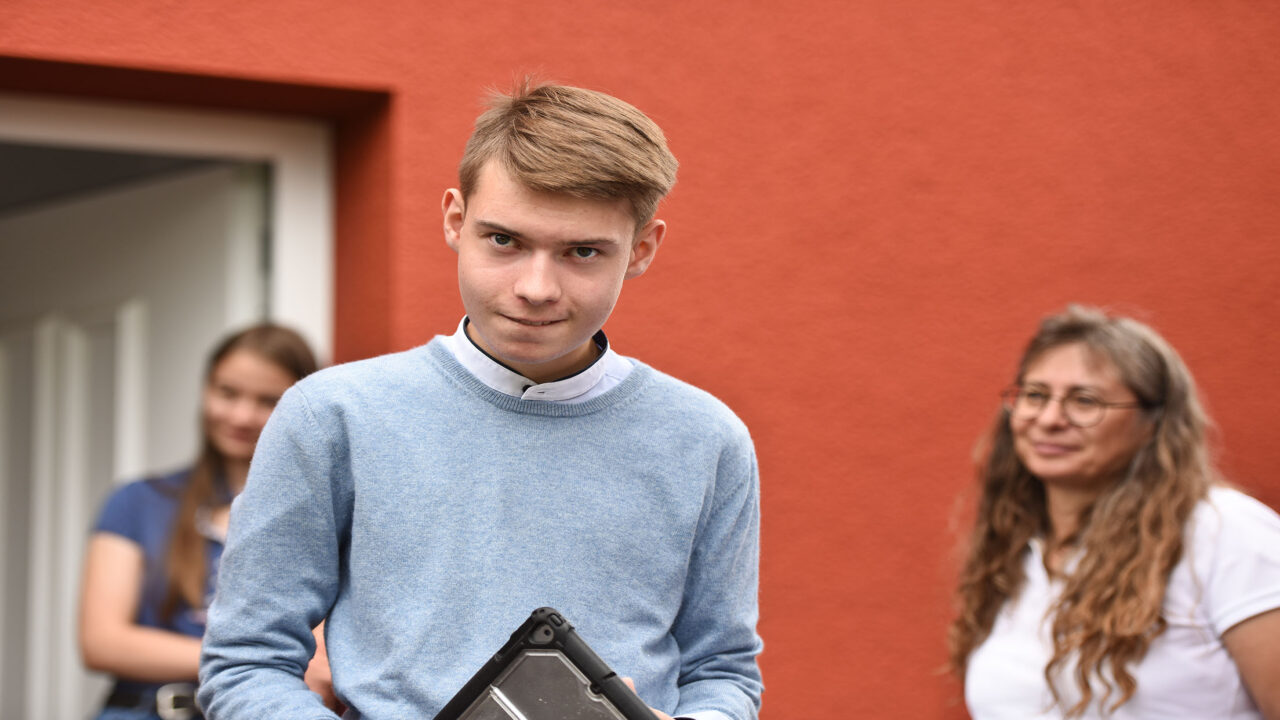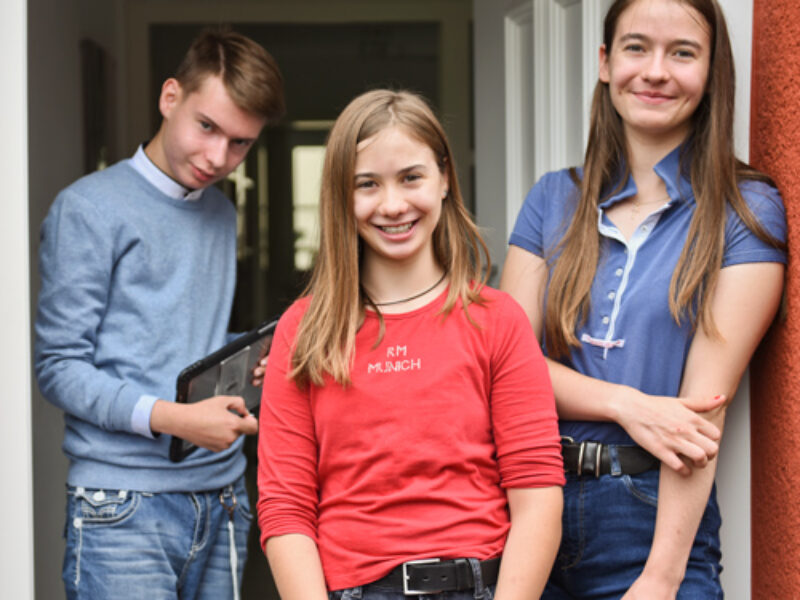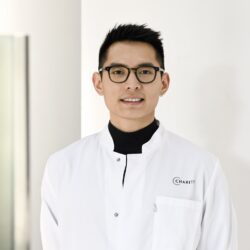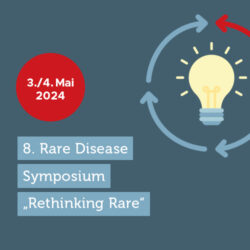
Sie sehen gerade einen Platzhalterinhalt von Youtube. Um auf den eigentlichen Inhalt zuzugreifen, klicken Sie auf die Schaltfläche unten. Bitte beachten Sie, dass dabei Daten an Drittanbieter weitergegeben werden.
Mehr InformationenAls sich ihr Sohn Sebastian im Frühjahr 2006 binnen weniger Wochen von einem munteren Dreijährigen zu einem krampfgeplagten, apathischen Bündel Mensch wandelt, ahnen die Bopps noch nicht, dass der Junge der weltweit erste bekannte Fall ist, bei dem ein genetischer Defekt verhindert, dass das Gehirn mit dem lebenswichtigen Vitamin B9 (auch bekannt als Folat) versorgt wird. Während für Sebastian eine Odyssee durch Spezialkliniken beginnt, entwickelt seine zwei Jahre jüngere Schwester bald ähnliche Symptome. Auch sie leidet unter cerebraler Folattransportdefizienz (CFTD), wie die frisch entdeckte Erkrankung im Jahr 2009 getauft werden wird.
CFTD ist eine von etwa 8000 Seltenen Krankheiten. Darunter fallen in der EU all jene Erkrankungen, die maximal fünf von 10.000 Personen betreffen. Die große Mehrzahl dieser Krankheiten ist genetisch bedingt – Heilung oder zumindest einen Therapieansatz gibt es nur für die allerwenigsten. Und wenn, dann gehen dem zumeist Jahrzehnte der Forschung voraus. Statistisch gesehen haben Sebastian und seine Schwester kaum Chancen zu überleben.



